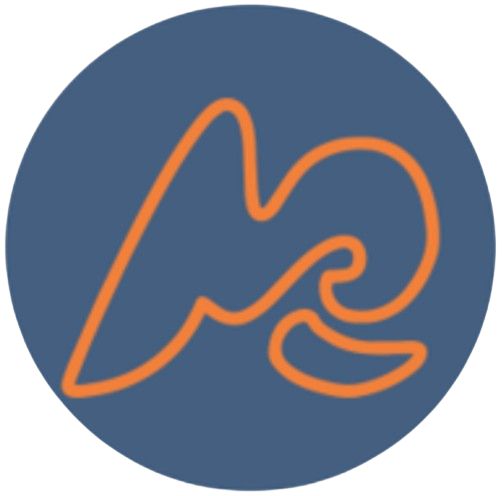NCVT from Bulgaria present module 3 which was about TCN’s (Third Country Nationals) and Employee’s support in the beginning, during placement and after.
Support in the beginning includes the following:
- Mentoring and coaching
- Inclusion program (Workshops for writing CV’s and Motivational letter, Job fairs, Online platforms)
- Short-term internship and traineeships
- Vocational training
- Professional language courses
- Integration points (one stop shops)
- Information brochures and flyers
- Skills assessment
- Online platforms, electronic recruitment.
Support during placement for TCN’s includes:
- Buddy Schemes
- Hotlines and step by step
- Staff training of staff and case workers
- Skills assessment
- Subsidiaries or Tax breaks
- Monitoring and coaching
- Childcare, Social integration, Financial support, provision of accommodation, flexible work times
- Induction Program
- Speed up of employment of TCN’s in sectors of labour shortage
Support post placement includes:
- Self-employment, promotion of entrepreneurship
- Promotion of long-term labour within different sectors
- Long term sustainable employment
- Continuous training and upskilling
The questions asked by the trainer was the following:
- At what stage is support usually provided- Beginning, during or post?
- What is the main target group of this type of support?
- Briefly describe the main features of the placement support.
We then had the presentation of module 4 by Mobilizing Expertise AB Sweden which was about Promotion of Diversity and Non-discrimination.
There was brainstorming about what is culture and described the Iceberg module that comprised of both visible and non-visible attributes. There was then discussion about discrimination and interculturality as a competence.
Culture- multicultural society, working teenager culture and culture clashes
Culture clashes is when the visible Iceberg attributes meets the non-visible attributes:
- Normal/ abnormal
- Acceptable/ Not acceptable
- Cultural clashes in the workplace
Then there were shared examples from different participants.
Discrimination
Stereotypes – Simplified thoughts and mental generalizations of a group of people
Prejudices – emotions and stereotypes can be positive or negative.
Where does prejudices come from?
Types of discrimination:
- Language
- Religious
- Political
- Personal

